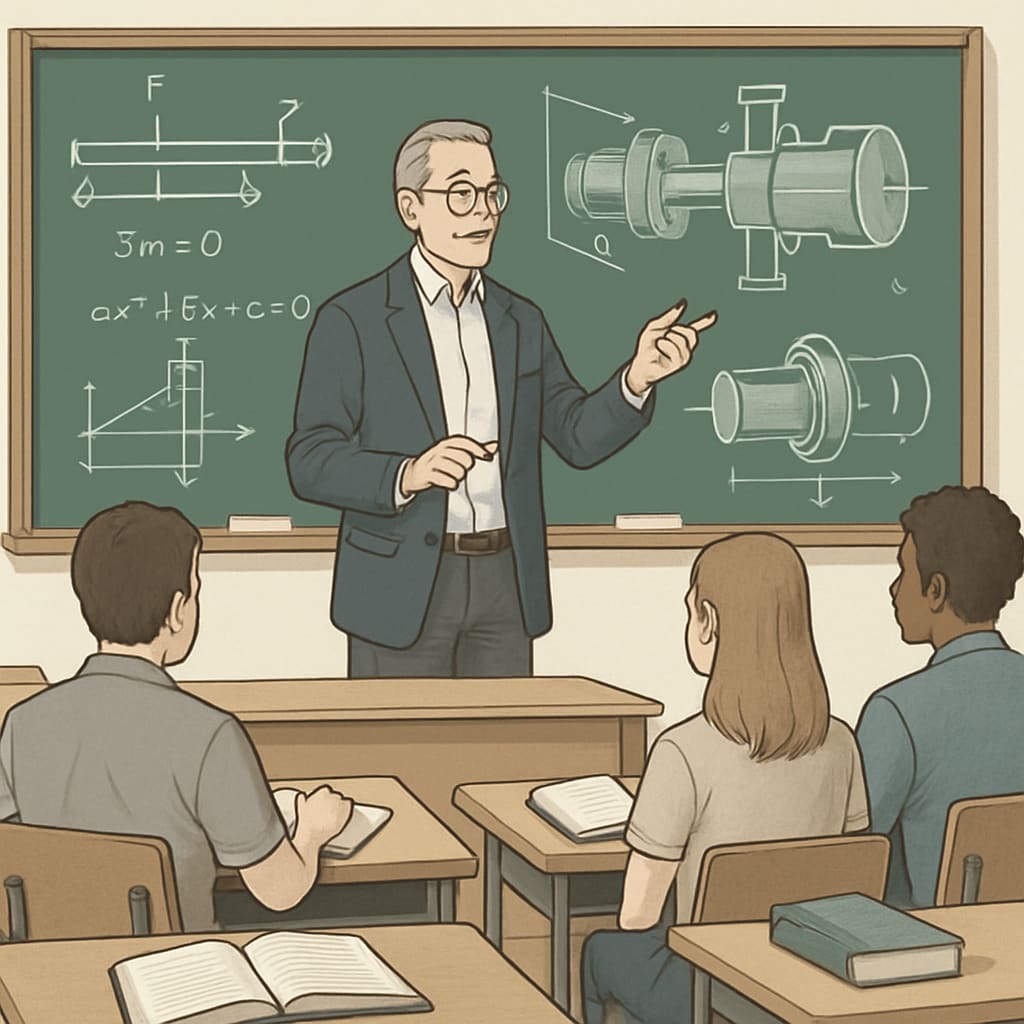Pursuing dual degrees in education and engineering is an ambitious yet rewarding endeavor for students passionate about combining STEM expertise with the art of teaching. This interdisciplinary path allows individuals to bridge technical knowledge with pedagogical skills, creating new opportunities to inspire future generations in STEM fields. However, achieving success in both domains requires careful planning, strong time management, and a clear career vision.
Why Choose Dual Degrees in Education and Engineering?
The decision to pursue dual degrees in education and engineering often stems from a desire to make a meaningful impact. Engineering provides analytical and problem-solving skills, while education enables individuals to share knowledge and empower others. Together, these disciplines can prepare graduates for roles such as educational technologists, STEM curriculum developers, or even professors in engineering fields.
There are several benefits to this unique combination:
- Broader Career Options: Graduates can pursue careers in teaching, engineering, or both, giving them flexibility in the job market.
- Enhanced Skill Set: Combining technical expertise with teaching skills makes individuals more versatile and innovative.
- Impactful Contribution: Bridging STEM and education allows for the creation of engaging learning experiences that inspire future engineers and scientists.

Challenges of Pursuing Dual Degrees
While the benefits are significant, balancing dual degrees in education and engineering comes with challenges. Engineering programs are often rigorous, requiring extensive coursework, labs, and projects. Simultaneously, education degrees demand fieldwork, student-teaching hours, and mastery of pedagogy. Managing both programs can be overwhelming without proper strategies.
Common challenges include:
- Time Management: Balancing the workload of two demanding fields requires strong organizational skills.
- Financial Considerations: Dual degrees often involve higher tuition costs and longer study periods.
- Academic Pressure: Keeping up with the expectations of both programs can lead to stress and fatigue.
However, with dedication and support, these obstacles can be overcome. Many universities offer resources like academic advisors and time management workshops to help students succeed.

Strategies for Success
To navigate the complexities of dual degrees in education and engineering, students can adopt practical strategies tailored to their unique needs. Here are some tips for success:
- Plan Ahead: Create a detailed schedule that accounts for coursework, internships, and personal commitments.
- Seek Support: Utilize university resources, such as tutoring centers, career advisors, and peer study groups.
- Stay Organized: Use digital tools like calendars and task management apps to keep track of deadlines and priorities.
- Focus on Integration: Look for opportunities to connect engineering concepts with educational practices, such as designing STEM lesson plans or participating in outreach programs.
- Maintain Balance: Prioritize mental and physical health to avoid burnout.
Career Opportunities After Graduation
Graduates with dual degrees in education and engineering are well-positioned for diverse career paths. Some potential roles include:
- STEM Educator: Teaching math, science, and engineering concepts in schools or universities.
- Curriculum Developer: Designing innovative STEM educational materials and programs.
- Educational Technologist: Creating tools and platforms that enhance learning experiences.
- Engineering Consultant: Applying technical knowledge to projects that involve educational outreach or training.
These roles not only offer professional growth but also enable graduates to make a meaningful impact on the future of STEM education.
Conclusion
Pursuing dual degrees in education and engineering is a challenging yet worthwhile journey. It combines technical expertise with teaching passion, opening doors to unique career opportunities and enabling impactful contributions to STEM education. With proper planning, determination, and support, students can successfully navigate this interdisciplinary path and inspire the next generation of innovators.
Readability guidance: Short paragraphs and lists summarize key points. Active voice is prioritized to enhance clarity and engagement. Regular use of transition words ensures smooth flow between ideas.


